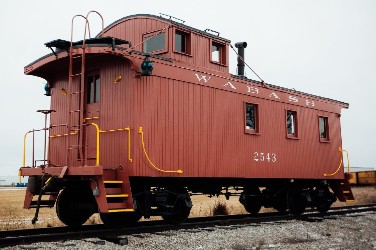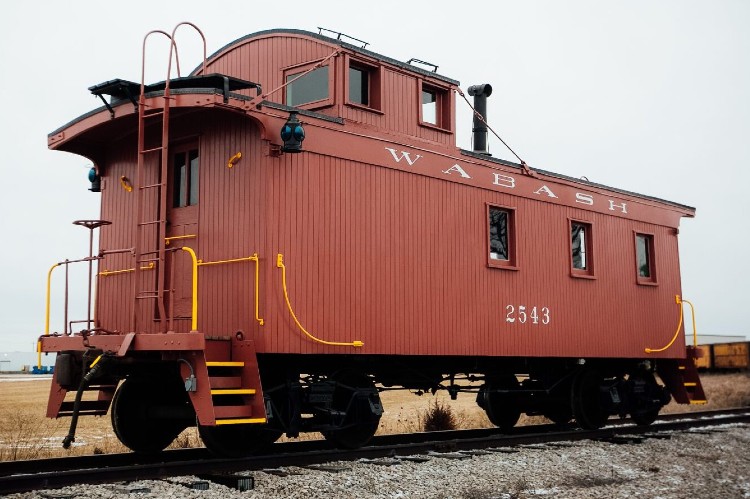
NEW HAVEN, Ind. (AP) – Cabooses generally haven’t been seen as the last car of freight trains for many years. The crew members they used to house and the jobs done by those crews have been taken over by technology, said Kelly Lynch, vice president of the Fort Wayne Railroad Historical Society.
And, though the romance of riding in a cozy home on rails remains, some children today may never have seen an actual little red caboose, he said.
Now, Fort Wayne-area residents and visitors can see one up close because of a years-long restoration project spearheaded by the nonprofit railroad historical society.
To some old-timers, the refurbished Wabash No. 2543 caboose might look familiar – it stood for decades in Fort Wayne’s Swinney Park beginning in 1957, along with a Wabash steam locomotive. In 1984, the caboose became a part of the railroad historical society’s collection in New Haven.
The intention was to save the caboose. But the approximately 100-year-old specimen became a victim of its age – and its construction.
Unlike later 20th-century cabooses made mostly of metal, this caboose was made mostly of wood. That makes it rare – one of only two remaining wooden Wabash cabooses – and in need of painstaking work.
To restore the car, it would need to be disassembled, board by board. “It was like stripping it down to a skeleton,” Lynch said.
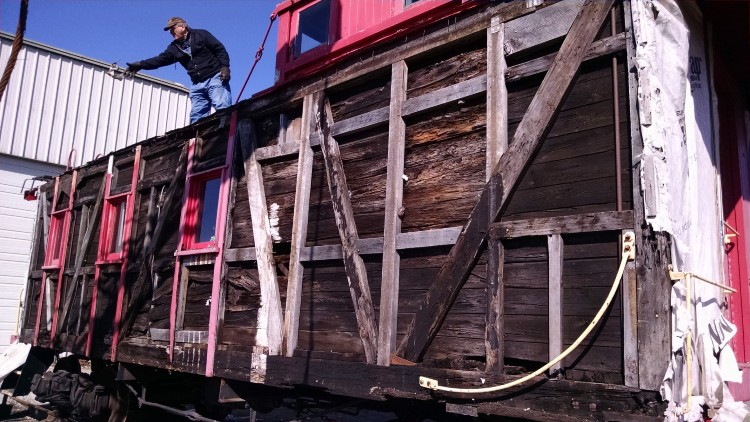
But railroad historical society members and other volunteers were undaunted, and during the last three years, 90% of the structure was replaced.
A thousand pieces of new lumber were placed. Several curved and arched beams were handmade for the interior roof – because the inside of the caboose also was wood-paneled.
David “D.J.” DePanicis, a school director from the Youngstown, Ohio, area with a woodworking background, became project director, leading volunteers in more than 5,000 hours of work.
“This project a year ago was at a stage with no roof, no walls, no siding, a cupola that was falling apart, no windows, nothing, just a bare frame and a floor,” DePanicis said, adding that, as he started taking the caboose apart, wood crumbled to pieces in his hands.
But the society has “such a great variety of people” that jobs could get done, DePanicis said. Restoring the caboose was “a lot like building a house with your best friends.”
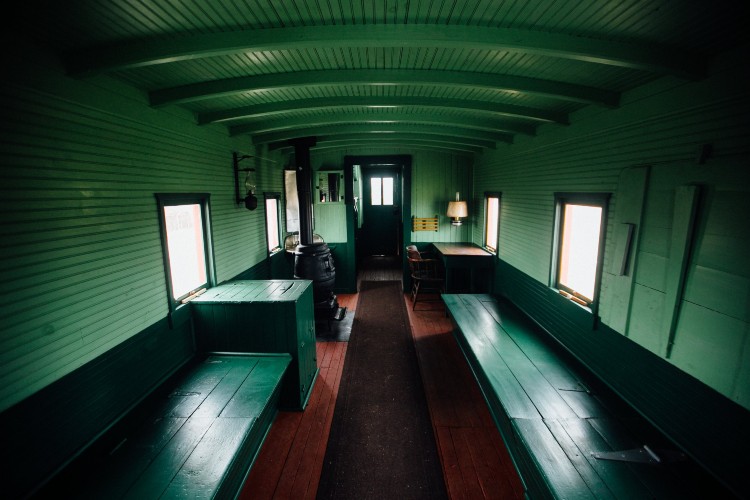
In its day, the caboose would have served as an office and living quarters. Crews looked out for signs of trouble, handled switches and brakes and kept track of paperwork regarding shipments.
This caboose contained a wrought-iron stove, a desk, a sink and water closet and bench seating along the sides that doubled as bunks where crews could sleep.
The interior was painted a light green commonly used by railroads, and the exterior was matched to Wabash’s characteristic brownish-red from photographs. Authentic decals were placed on the exterior.
As to where the caboose traveled while in service, that’s difficult to determine, Lynch said.
“We suppose it spent some time in Canada and Detroit, which were part of the Wabash system. But we have photos of it parked by General Electric, now Electric Works, so we know it spent time in Fort Wayne,” Lynch said.
The restoration cost about $5,000, he said, but many materials, including a rubber roof, were donated. The project was partly funded by a Buy a Board campaign.
The caboose now is planned to be not just a static display but a working museum – becoming part of the society’s rail excursions, including the annual Santa trains popular with families. All of the braking has been restored, DePanicis said, so the caboose is safe as well as attractive.
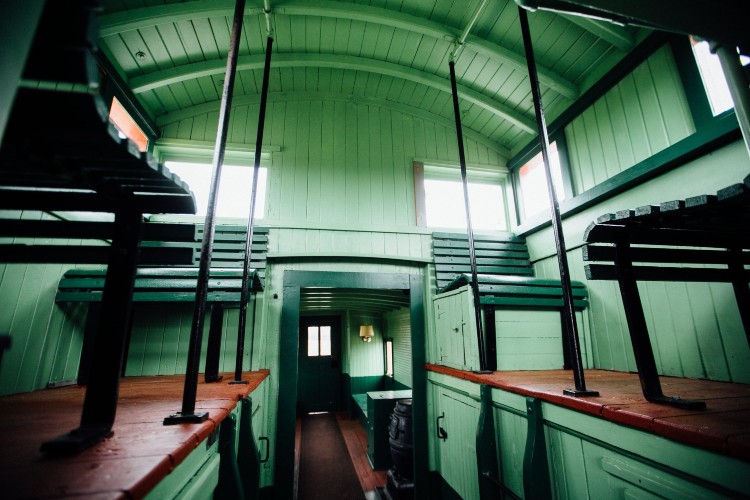
DePanicis already has a picture in mind – moms, dads and children gathered around the stove and Santa at his desk waiting to hear Christmas wishes.
“The amount of work that has gone into this is just stunning,” he said.
“Seeing them enjoy this car the way it would have been,” he added, “makes it worthwhile.”
__
By ROSA SALTER RODRIGUEZ, The Journal Gazette
Source: The Journal Gazette
Copyright 2021 Associated Press. All rights reserved. This material may not be published, broadcast, rewritten, or redistributed.
AP-WF-02-17-21 1708GMT


